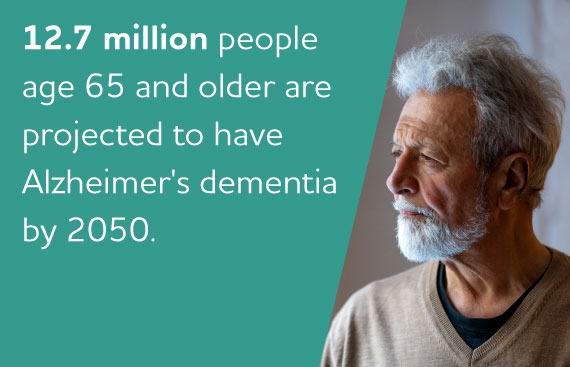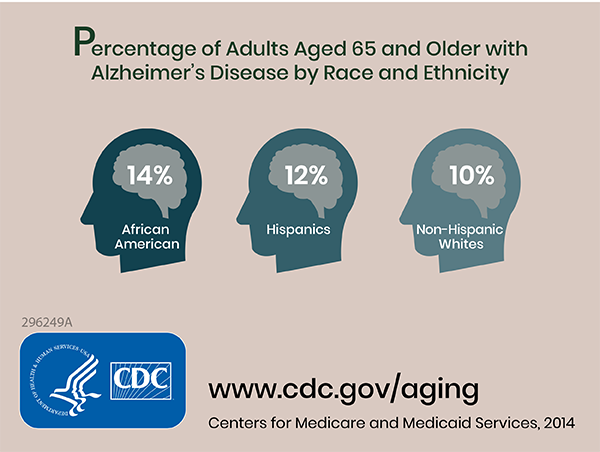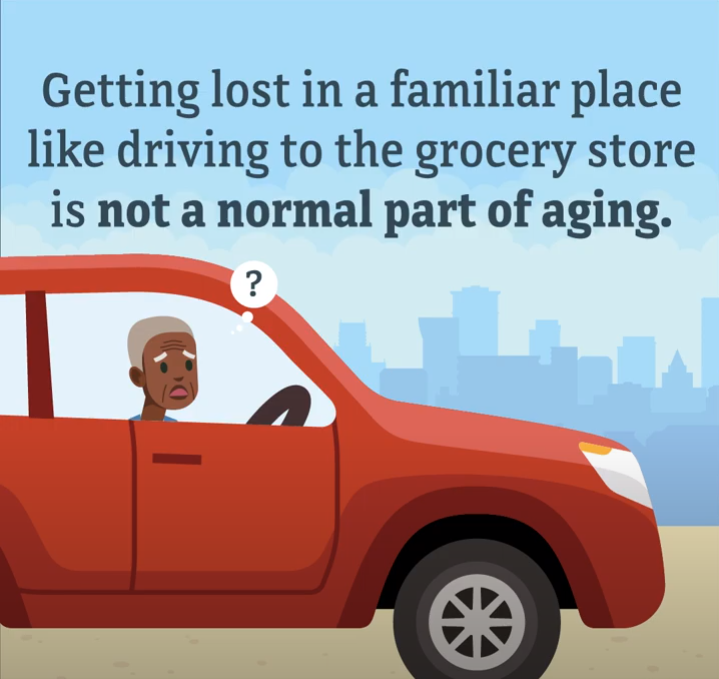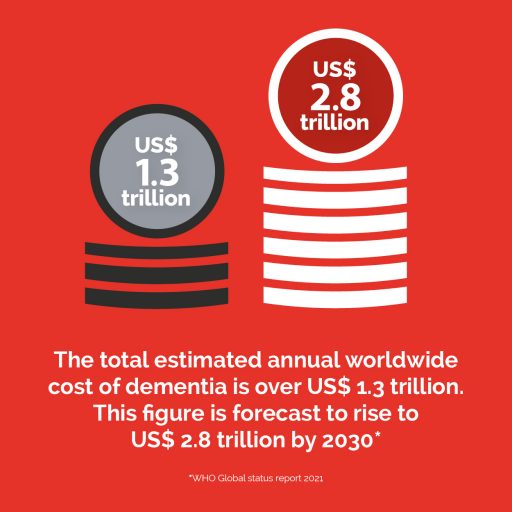49 Dementia Statistics & Facts: How Common Is Dementia?
Did you know more than 6 million Americans are currently living with Alzheimer’s?
Key Alzheimer’s Disease Statistics
- More than 6 million Americans have Alzheimer’s. By 2050, estimates show this number will rise to almost 13 million.
- 1 in 3 seniors dies with Alzheimer’s or another dementia. It kills more people than breast cancer and prostate cancer combined.
- In 2020, COVID-19 contributed to a 17% increase in Alzheimer’s and dementia deaths.
- In 2022, Alzheimer’s and other dementias will cost the U.S. $321 billion. By 2050, costs could reach almost $1 trillion.
- There are more than 11 million Americans who provide unpaid care for people with Alzheimer’s or other dementias.
- In 2021, caregivers provided more than 16 billion hours of care valued at almost $272 billion.
- Less than 20% of Americans are familiar with mild cognitive impairment (MCI), which can be an early stage of Alzheimer’s.
- More than 50% of physicians say they are not fully comfortable with diagnosing MCI due to Alzheimer’s.
- Around 33% of people with MCI due to Alzheimer’s develop dementia within 5 years of being diagnosed.
Alzheimer’s Prevalence

- More than 6 million Americans of all ages have Alzheimer’s.
- Approximately 6.5 million Americans age 65 and older are living with Alzheimer’s in 2022. 73% are aged 75 or older.
- Around 1 in 9 age 65 and older has Alzheimer’s.
- By 2050, estimates show 12.7 million people will have Alzheimer’s.
- Older Black Americans are around twice as likely to have Alzheimer’s or other dementias as older Whites.
- Older Hispanics are around 1.5 times as likely to have Alzheimer’s or other dementias as older Whites.

Alzheimer’s Mortality Rate
- Alzheimer’s is not just memory loss, it kills.
- 1 in 3 seniors dies with Alzheimer’s or another dementia.
- Deaths from Alzheimer’s have more than doubled between 2000 and 2019, while those from heart disease, the leading cause of death, have decreased.
- Seniors who are 70 years old living with Alzheimer’s are twice as likely to die before age 80 than those who do not have the disease.
- People aged 65 and older survive an average of four to eight years after receiving an Alzheimer’s diagnosis, yet some live as long as 20 years with Alzheimer’s.
Alzheimer’s Caregivers
- 83% of the help provided to older adults in the U.s. comes from family members, friends, or other unpaid caregivers.
- Almost 50% of all caregivers who provide help to older adults do so for someone living with Alzheimer’s or another dementia.
- Around 30% of caregivers are age 65 or older.
- Around 2 out of 3 of caregivers are women, more specifically, more than 1 out of 3 of dementia caregivers are daughters.
- $271.6 billion worth of care is provided by family members and other unpaid caregivers.
- 66% of caregivers live with the person with dementia in the community.
- Around 25% of dementia caregivers are “sandwich generation” caregivers, which means they care not only for an aging parent but also for at least one child.
Alzheimer’s Workforce
- 55% of primary care physicians say there aren’t enough dementia care specialists in their communities to meet patient demands.
- There will need to be triple the number of geriatricians in 2050 to effectively care for the number of people projected to have Alzheimer’s that year.
- A little more than 1 in 10 nurse practitioners (12%) have special expertise in gerontological care.
- Just 4% of social workers have formal certification in geriatric social work.
- The demand for direct care workers is expected to grow by more than 40% between 2016 and 2026.
Alzheimer’s Cost To Nation
- Dementia is one of the costliest conditions to society.
- In 2022, Alzheimer’s and other dementias will cost the U.S. $321 billion, with $206 billion in Medicare and Medicaid payments combined.
- In 2050, Alzheimer’s is projected to cost nearly $1 trillion (in 2022 dollars).
- People living with Alzheimer’s or other dementias stay at the hospital twice more per year than other older people.
Alzheimer’s Rates By Country
- The country with the most cases of Alzheimer's Disease is Finland, with 54.65 cases of Alzheimer's for every 100,000 people in this country.
- the United Kingdom has 42.70 Alzheimer's disease cases for every 100,000 people, making it the country with the second most number of cases per capita.
- In Slovakia, there are 38.15 cases of Alzheimer's Disease for every 100,000 people.
- In Albania, there are 36.92 cases of Alzheimer's for every 100,000 people.
- In Iceland, there are 35.59 cases of Alzheimer's for every 100,000 people.
- The small country Brunei has some of the highest rates of Alzheimer's per capita, with 33.87 cases for every 100,000 people.
- The Netherlands ranked 7th among countries with the most Alzheimer's cases, with 33.78 cases for every 100,000 people.
- The United States has 33.26 Alzheimer's Diseases cases for every 100,000 people.
Key Dementia Statistics
- In 2020, there are over 55 million people worldwide living with dementia.
- 60% of people with dementia live in low and middle income countries.
- The annual cost of dementia is more than $1.3 trillion and is expected to increase to $2.8 trillion by 2030.
- Alzheimer’s disease is the most common form of dementia and can contribute to 60-70% of cases.
- Dementia is currently the seventh leading cause of death among all diseases.

How Many People Have Dementia Worldwide?
In 2020, there are over 55 million people worldwide living with dementia. Every 20 years, this number will almost double. By 2030, 78 million will have dementia, and 139 million in 2050. A large percentage of the increased prevalence will be in developing countries.
Currently, 60% of people with dementia live in low and middle income countries, but by 2050 this number will increase to 71%.
How Many Cases Of Dementia Are There?
There are over 10 million new cases of dementia each year across the world, or one new case every 3.2 seconds.
Economic Impact Of Dementia

In 2015, the total estimated global cost of dementia was $818 billion, which represented 1.09% of the global GDP.
Now, the annual cost of dementia is more than $1.3 trillion and is expected to increase to $2.8 trillion by 2030.
Direct medical care costs account for around 20% of global dementia costs, and direct social sector costs and informal care costs each account for around 40%.


